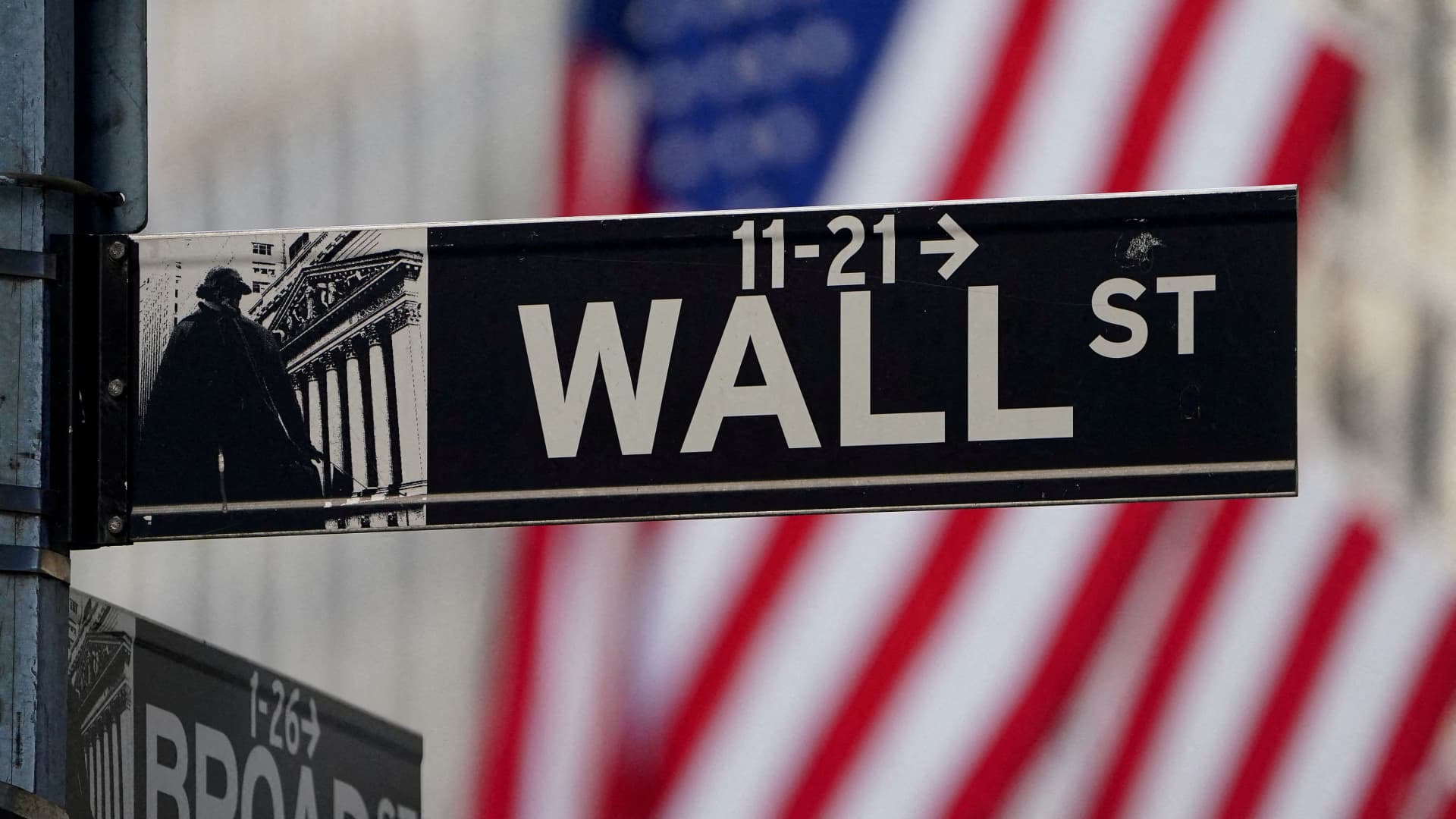
Investors who are growing concerned about the U.S. presidential election could turn to a rapidly expanding part of the ETF market to ease their worries — and protect their money — against potential swings in stocks. Guarding against event-driven volatility is one of the use cases of a breed of options-based funds that have gained popularity with investors since the Covid pandemic. These ETFs, often called “buffer funds,” use options to give investors downside protection in exchange for giving up potential upside. JPMorgan said in a June report on the ETF industry that this category now has about $40 billion in assets under management. The funds come with different time horizons, and new funds are launching or resetting every month, so there are several options for investors to buy now and protect themselves through the November election. “If you watched the debate [Thursday] night like everybody else and you’re like oh my goodness what is our country doing, and you’re not so sure how you feel about the election, you can buy the six-month,” said Bruce Bond, CEO of Innovator Capital Management, one of the firms that pioneered this type of ETF. How they work These downside protection ETFs are created using flex options to combine different derivatives contracts on a market index, like the S & P 500. One way to structure these funds is to essentially buy a deep-in-the-money call option, allowing the trade to capture the upside of the market, and then create a so-called put spread, which creates the downside protection layer. A call option gives the holder the right to buy the underlying asset at a certain strike price, while a put gives the holder the right to sell. A third step is to sell another call option that is above the current market level, which helps fund the rest of the trade and creates the upside cap. All the funds have reset dates, typically ranging from one quarter to two years. The funds are designed to be owned for the full period in order to get the stated outcome, and selling the fund before the reset date can result in not capturing the full upside of a rally, due to the nature of options pricing. “They can use structured protection funds, and that will essentially allow you to reduce volatility through an election cycle without sacrificing all of your upside equity opportunity,” said Matt Kaufman, head of ETFs at Calamos Investments, which is one of the firms launching new funds Monday. Many of the ETFs offer something in the range of 10% to 30% downside protection and are often called buffer funds. Other products that offer 100% downside protection — in exchange for smaller upside — are sometimes marketed as “principal protection funds.” Jim Saulnier, a CFP and founder of Jim Saulnier & Associates in Fort Collins, Colorado, said that his clients use both the buffer funds and the 100% downside protection funds. His firm has about $140 million in assets and mostly works with retirees. Saulnier said that his clients put money that they plan to spend several years down the line into these funds. Having the buffer helps keep clients from making rash moves when the market slips, and works to diversify the portfolio in a way that fixed income has not in recent years, he said. “A lot of our clients are very surprised at the drop in fixed income, and they are concerned that what if inflation comes back and the Fed has to continue raising rates? They don’t want to deal with an investment that was intended to offer some non-correlation to equities going back into almost full correlation,” Saulnier said. As the category has gained traction, the number of firms launching these funds has expanded, along with the different variations, giving investors more options to choose from. Several funds launch on Monday, including products from iShares, Calamos and Innovator, tracking different indexes and time frames. “The product category has really exploded,” Bond said. Volatility outlook Market volatility has been muted over the past year, though the futures market for the Cboe Volatility Index does show that traders are expecting movement to pick up at least a little bit around the election. “When there’s a known event like that, there’s always going to be a little bit of a premium for protection out there,” said Matt Thompson, a portfolio manager at Little Harbor Advisors. Little Harbor specializes in building volatility strategies for clients, though Thompson said it is a little too early to start hedging their portfolios. Of course, another way investors could protect their assets through the election is through short-term government debt or certificates of deposits from banks, where an annualized return of more than 5% is still available. However, ETF issuers point out that going the debt route can result in investors paying ordinary income taxes next year, as opposed to keeping the capital gain return in an ETF until they decide to sell. “If you compound that, that’s a massive, massive difference by compounding growth inside of the tax-deferred ETF wrapper,” Kaufman said.
